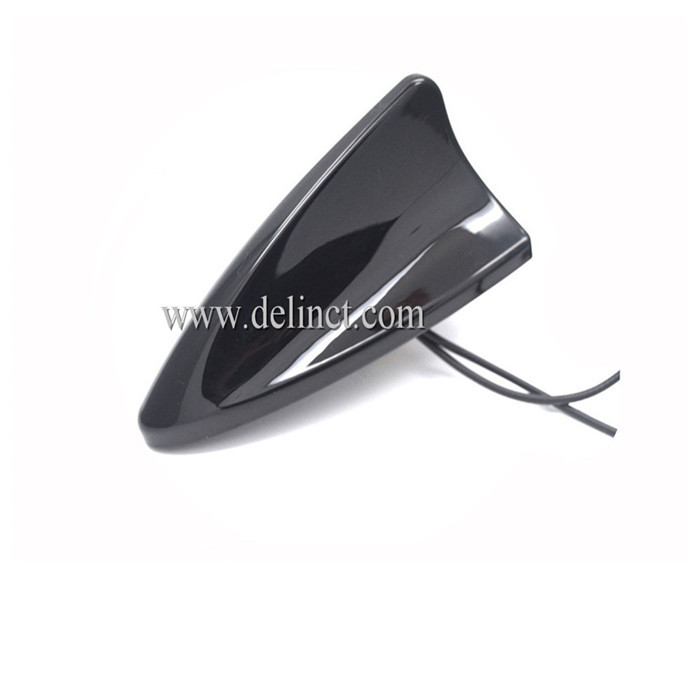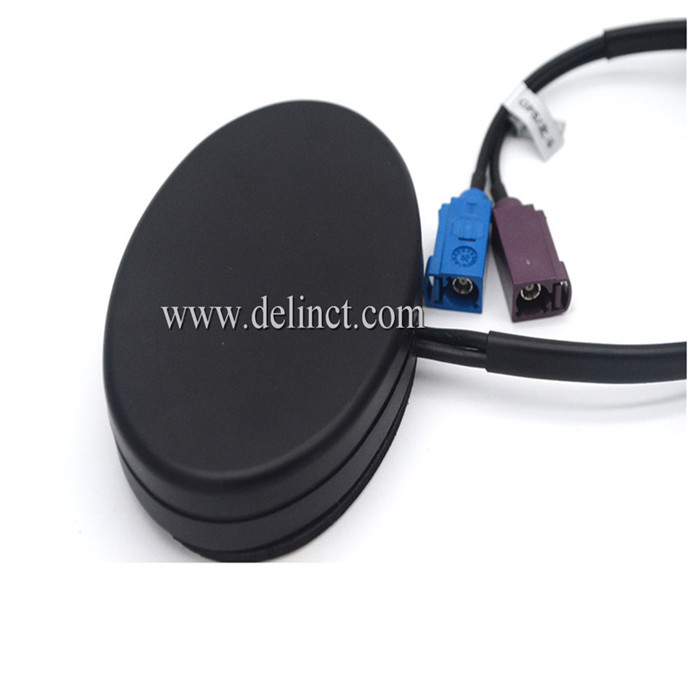Polysilicon industry quickly "winter"
On the 4th, Shandong Jining. As the only company specializing in the production of polysilicon raw materials for solar cells in Shandong Province, Jining Karen Photovoltaic Materials Co., Ltd. (hereinafter referred to as “Jining Karenâ€) has no machine roar in the past. “The company has stopped production for more than two months.†A person in charge of the company received an interview with the Economic Herald, said that the price of polysilicon has continued to plummet, and the market price has fallen below the cost price. “One ton lost one ton of production, and production is discontinued.â€
Jining Karen is not an example. The entire industry is burying itself in front of the "crazy" for this purpose. "The survey shows that at present, about 80% of the domestic polysilicon companies have chosen to stop production and reduce production." On the 3rd, Xie Chen, an analyst at the China Nonferrous Metals Association Silicon Industry Branch, told the reporter that due to the increase in the production of polysilicon and photovoltaic modules, the solar market demand It has shrunk, and the supply is far greater than the demand, resulting in serious inventory in the entire industry chain.
In late autumn, the once hot polysilicon industry has entered a brutal winter.
Photovoltaic industry collective downturn
Fall, fall, or fall.
In the first week of November, the domestic polysilicon market continued its downward trend. Market data show that the domestic market price is 200,000 -24 million yuan / ton, compared with the end of October once again fell 10,000 yuan / ton, part of the transaction price fell to 200,000 yuan or less. In the past October, the mainstream quoted price in the domestic polysilicon market has dropped by 30.1%, and the price has hit a record low.
At this point, start-up and production suspension became a double-edged sword, stinging the polysilicon producers.
"For most domestic companies, the polysilicon cost price is generally 300,000 -400 yuan / ton; but the current spot price of less than 250,000 yuan / ton, means that the company will have to lose about 100,000 yuan per ton of polysilicon production. “Xie Chen said that apart from the fact that only a few giants in the industry have adopted cold-hydrogenation technology to reduce costs and normal operations, most companies have already cut production or stopped production.
In fact, it is not only polysilicon production companies that are struggling at present. The crisis has spread to the entire photovoltaic industry.
At present, the price of polysilicon has dropped continuously, and some polysilicon production enterprises have stopped production, which has aggravated the suspension of production of upstream trichlorosilane enterprises. The reporter learned from Shanghai Nonferrous Network that 70% of the enterprises in China's trichlorohydrogen silicon production enterprises have stopped their production and maintenance; 25% of production enterprises have reduced their production, among which 40%-60% have been reduced; only 5 % of the companies are still producing.
Downstream companies are also "precarious." Not long ago, the market rumors that photovoltaic giant Wuxi Suntech face bankruptcy, although this news eventually proved to be rumored, but at the end of August, Wuxi Suntech announced to pay a huge compensation of US$212 million, ending 10 years earlier signed with U.S. polysilicon and silicon giant MEMC. The annual procurement contract still makes people feel the slightest chill in the winter of the industry.
Difficulties inside and outside
Behind the crash, there is a deep industry background.
"The current polysilicon market can be described as both internal and diplomatic difficulties." Jining Karen said the above-mentioned person in charge, on the one hand the domestic downstream demand decreased, excess production capacity; the other hand, the European market is sluggish, while Chinese companies' exports are blocked, while European and American giants have increased Exports in the Chinese market.
It is understood that although there are certain growths in the photovoltaic market in China and the United States, the debt crisis in Europe has intensified. As a result, countries such as photovoltaic giants Germany, Italy, and Spain have reduced their subsidies for solar energy. The demand for photovoltaic products has shrunk dramatically. There was a sharp fall, and Europe was precisely the largest exporter of photovoltaic products in China.
The Herald reporter noted that the same situation as the domestic market, the international polysilicon prices also fell sharply. "Since the solar market continues to be weak, the prices of solar cell modules continue to plummet, so downstream manufacturers are trying to lower the price of polysilicon as much as possible." Xie Chen said.
It is worth noting that although the domestic market is sluggish and the product backlog is serious, the import of polysilicon has increased significantly. Customs statistics show that since July, China's polysilicon import volume hit a new high for three consecutive months, reaching 6,489 tons in September alone, and an additional 16 tons from August. The previous August data has just refreshed the highest record of 6,153 tons since November last year. As of the first three quarters, China’s cumulative import of polysilicon reached 48,500 tons, which was already more than the 45,000 tons imported last year.
“The reason why the import volume of polycrystalline silicon rose month by month in the third quarter is closely related to the excess capacity of foreign polysilicon under the market demand that is continuously shrinking in Europe and the United States.†Xie Chen said that the European and American markets occupying the major markets of photovoltaic terminals worldwide have been shrinking. The European and American giants have increased their efforts in the development of the Chinese market.
"Spring" is still far
Winter is coming, but spring is still far away. The Herald reporter noted that due to the dual role of excess production capacity and less than expected demand, the prices of all links in the industry chain dropped rapidly. Coupled with the off-season of photovoltaic installations in the fourth quarter, the demand in the European market was significantly reduced. The market is not optimistic about the short-term of the photovoltaic industry. which performed.
"In the market, this year's photovoltaic product inventory is obviously high. Although polysilicon does not have much inventory pressure, but under the pressure of downstream photovoltaic product sales, the price of polysilicon in the future will be very difficult to quickly rise." Xie Chen Say.
In addition, the industry's difficulties have exposed the disadvantages of domestic companies in price and technology. Overseas giants continue to reduce market prices, curtail profit margins, force companies with relatively high domestic costs to cut prices, and eventually cut production or suspend production. The markets that originally belonged to domestic polysilicon companies were also filled by imported polysilicon.
At the same time, although there is an excess of polysilicon production capacity, high-purity polysilicon production capacity is still very scarce. “Because the supply is far greater than the demand and the price difference between the primary and secondary products is decreasing, the downstream buyers are obviously biased towards high-quality polysilicon when purchasing polysilicon, which also causes many polysilicon enterprises with general product quality to be difficult to ship under the current market conditions. "Xie Chen believes that in the general environment of reduced turnover of products, there will be many companies in the market to further reduce production capacity or shut down completely.
Survival or death has become a difficult choice facing the global solar PV industry this year. "The industry can't see the signs of recovery for a time. If you do not innovate in production technology and reduce costs, many small and medium-sized enterprises may fall in this crisis," said Jining Karen's above-mentioned person in charge.
GPS / 4G / WIFI Combined Antenna set GPS / 4G / WIFI in one super antenna.
GPS Antenna is to receive GPS satellite signal, a full range of environmentally friendly materials, in line with ROSH, SGS and other international standards. The internal devices all use the international line Brand, the design of the program using bipolar tube and filter. This GPS antenna with high gain, low power consumption, strong anti-interference features;
4G is the abbreviationthe of the fourth generation of mobile communication and technology. it sets 3G and WLAN in one and is able to transmit high-quality video images which is nearly the same quality with high-definition TV . Its frequency range TDD-LTE: 2320-2370, 2570-2620MHz;
WIFI antenna is mainly to enhance the wireless network signal. But also divided into external and internal two categories: external WIFI antenna is general for wireless routers, internal WIFI antenna is mainly for mobile phones, laptops and so on. Besides, built-in wifi antenna is also divided into two categories: one is non-standard antenna, the other is standard antenna.
The shell structure of GPS / 4G / WIFI Combined Antenna uses ultrasonic design, this design of a good seal with a strong waterproof performance. Fittings all undergo a rigorous salt spray test and pull force test; GPS / 4G / WIFI Combined antenna products can withstand 85 degrees high temperature and negative 45 degrees low temperature harsh environment.


WIFI Combined Antenna,4G Combined Antenna, GPS Combined Antenna,Combined Antenna
Shenzhen DELIN Communication Technology Co., Ltd. , http://www.delinct.com